Transforming construction with superior BIM services. Experience innovative excellence today.
Quick link
Our Services
- BIM Consultancy
- Scan to BIM
- Structural Services
- Corporate Special Training OJT
Contact Us
- +971-542316940
- info@gyrfalcon.in
- Headquarter - Mohammad Bin Abdulrahman Alashram Building - Garhoud – Dubai
- Office - A38/131 K-2 Koniya Varanasi UP-221007
